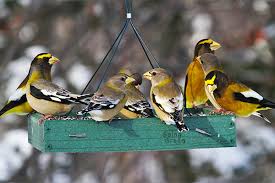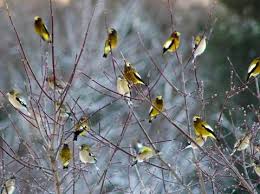by DJ Featherton
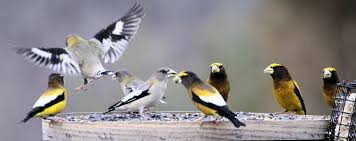
If you think a flock of Goldfinches are beautiful at your feeder, and they are, have you ever had a flock of Evening Grosbeaks stop by? An Evening Grosbeak is a large brightly colored yellow and black finch with a strong conical bill. Their size matches that of a Robin. This beautiful Grosbeak’s territory ranges across all of southern Canada and into the northern United States. Migration, however, is only once every few years relative to food availability. When food source becomes scarce, the Evening Grosbeaks will “erupt” in huge numbers and head south. This is why we never know when an entire flock of Evening Grosbeaks will suddenly surprise us at most any backyard feeder.

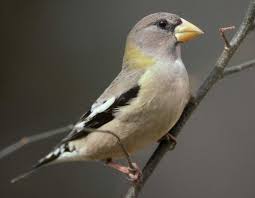
What the bird world is now concerned about is the rapid decline in the Evening Grosbeak’s population. As a wintering visitor, we are seeing less and less of them each year. What’s causing this decline? We’re not sure. It’s probably the usual suspects of climate change, loss of habitat, and food availability. These birds are social and follow food availability in big flocks in the fall and winter. These sudden eruptions from place to place make it difficult to get an accurate count of their population. None the less, Evening Grosbeaks have been reported to have as much as a 97% population decline in the east and northeast from the mid 60s to 2015.
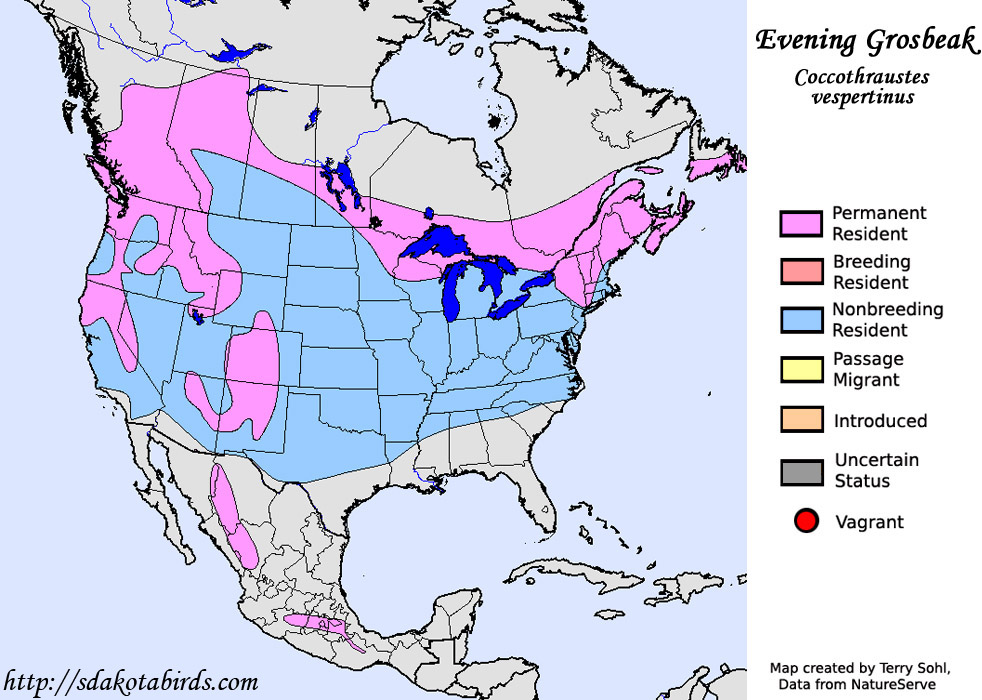
Many areas are not seeing their unannounced winter visitors, while other areas are seeing an approximate 27% decline in the size of flocks. For better understanding of why this is happening, more information needs to be collected. In my judgment, this is a call to participate as a Citizen Scientist to record and report on any Evening Grosbeak activity that occurs at your feeder or in your area. Joining a Citizen Science group is easy to do. For example, check The Cornell Lab, or there are other reputable scientific groups. In time, we could loose these very special and beautiful birds. The Evening Grosbeaks need our help!

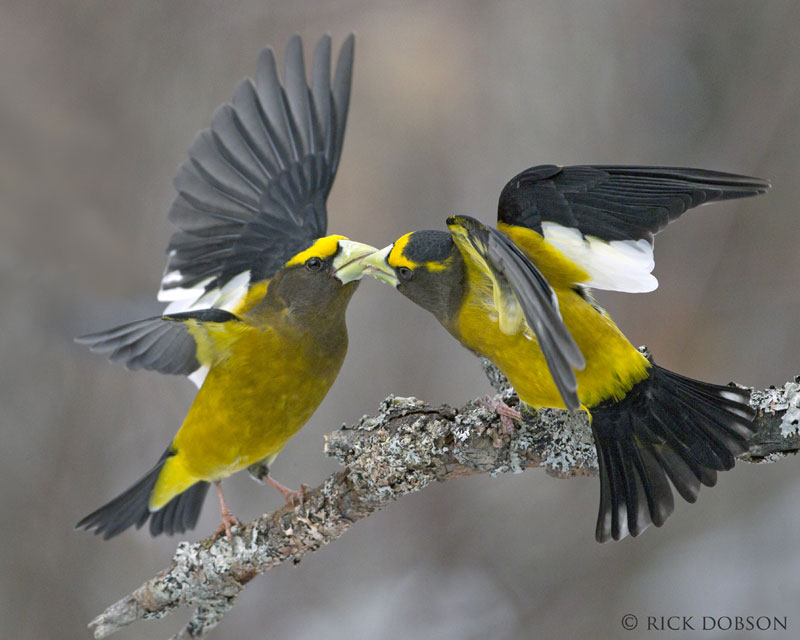
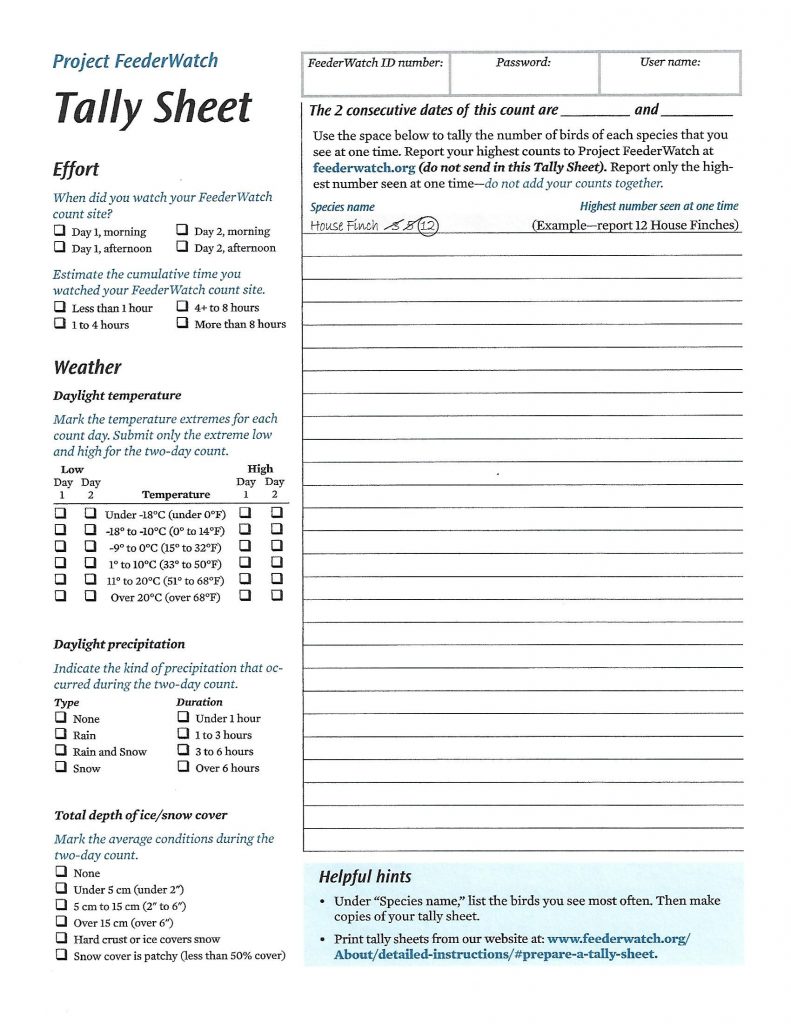
Years ago my wife and I bought a home in the country just outside of town. We had fabulous luck attracting and getting to know so many of the woodland birds. Then one wintry day I looked out at our feeders and couldn’t believe what I was looking at. There must have been a hundred big and beautiful bright yellow and black birds all over the feeders and in the trees! I’d never seen them before and didn’t even know what they were. They stayed around for a few weeks, ate a ton of sunflower seeds, and then they were gone. I’ll never forget it. We’ve had some Evening Grosbeaks since then, but not like that. Now, I haven’t seen any in years. So, once again, let’s reach out to these extraordinary birds. The Evening Grosbeaks need our help!
